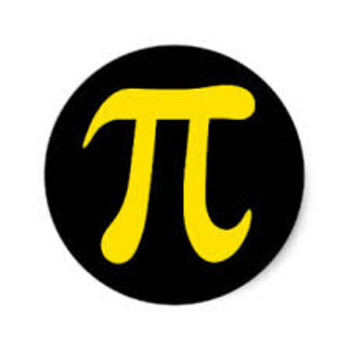Why is a square a parallelogram?
2 Answers
See explanation.
Explanation:
A parallelogram is a quadrilateral with two pairs of opposite sides.
A square is a quadrilateral whose sides have equal length and whose interior angles measure
From the definition, it follows that a square is a rectangle. In fact, a rectangle is a quadrilateral whose interior angles measure
Let's show (the more general fact) that rectangles are parallelograms.
Consider a rectangle
With the same argument one proves that
Another (maybe longer) way of proving this fact is to use the condition on the sides of a square (i.e. that all the sides have equal length) and observe that a square is also a rhombus. Then, by showing that every rhombus is a parallelogram, you found another way of proving that every square is a parallelogram.
A square has all the properties of a parallelogram and can therefore be considered to be a parallelogram
Explanation:
The properties of a parallelogram can be stated according to:
- the sides
- the angles
- the diagonals
- the symmetry
A parallelogram has:
2 pairs of opposite sides parallel
2 pairs of opposite sides equal
The sum of the angles is
2 pairs of opposite angles are equal
The diagonals bisect each other
It has rotational symmetry of order
All of these properties apply to square, so it can be considered to be a parallelogram.
However a square has additional properties as well, so it can be regarded as a special type of parallelogram.
A square has:
2 pairs of opposite sides parallel
All its sides equal
The sum of the angles is
All its angles are equal (to
The diagonals bisect each other at
The diagonals are equal.
The diagonals bisect the angles at the vertices to give
It has rotational symmetry of order


